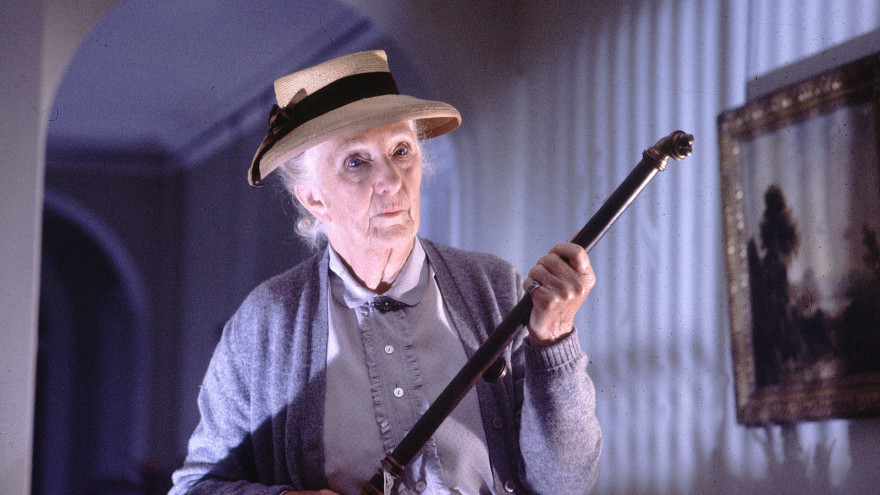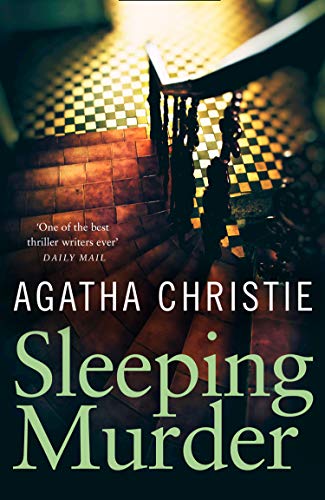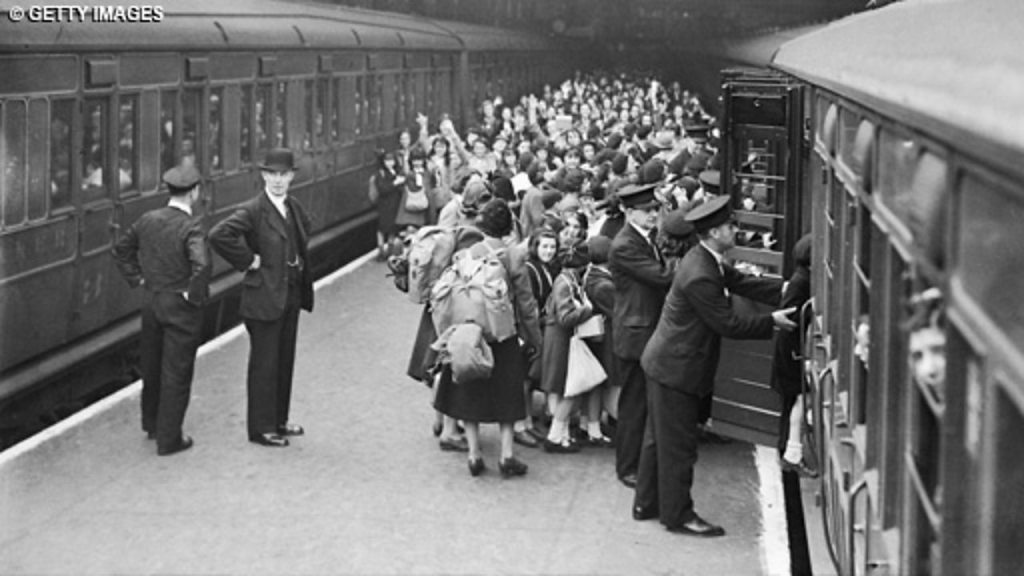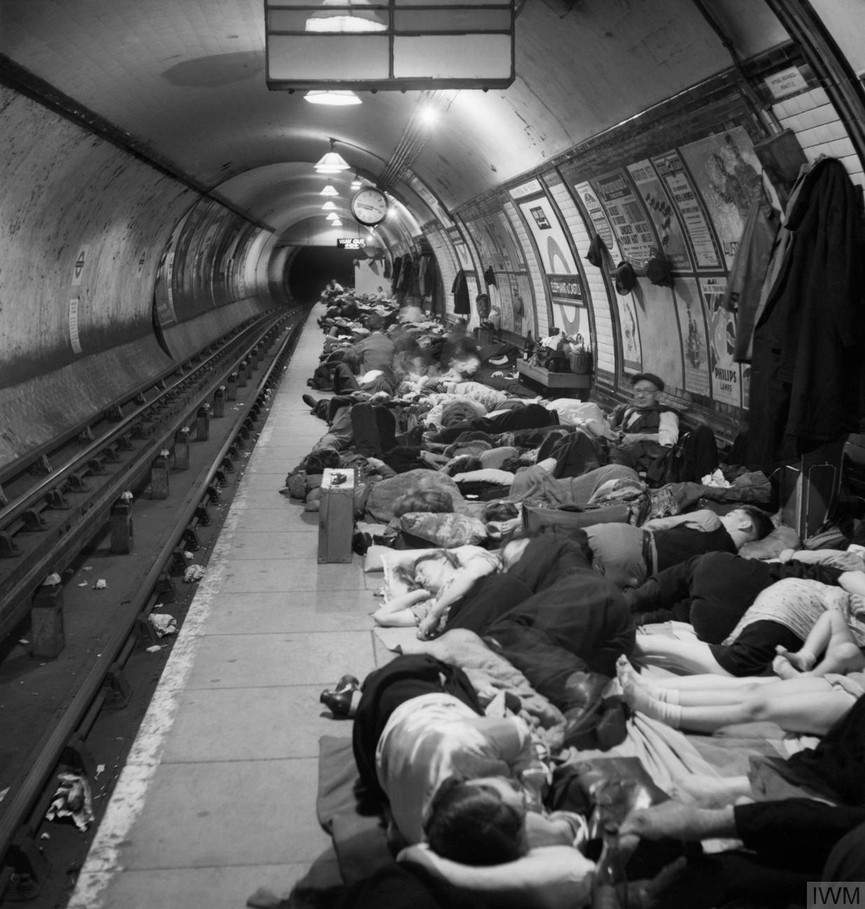I’ve abandoned this blog, because I struggle with those wretched blocks. And ads which I do not want have appeared, and I can’t get rid of them, and they are nothing to do with me, but I can;t get rid of them. And I tried exporting the blog back to Blogger, where I was originally, but I can’t do that either, even though I followed the instructions, So I’m setting up a new blog, Pages From The Book Trunk, at https://mybooktrunk.blogspot.com/
The Cornish Coast Murder

THE Reverend Dodd, Vicar of St. Michael’s-on-the-Cliff, and his old friend Dr Pendrill are enthusiastic afficionados of detective novels. Each week they order six books from the library, which are delivered in a wooden crate tied with string. I love that detail, but did libraries really do this I wonder? And was it a public library, or one of those private lending libraries which were so popular in the first half of the last century? Anyway, they read the books, discuss every detail, and are not averse to offering advice on how the fictional sleuth should have handled the case (all of which must leave them very little time for work). So when a neighbour is shot dead during a violent thunderstorm, the duo decide to try their hand at a spot of real-life investigation…
The Cornish Coast Murder by John Bude (one of those wonderful British Library Crime Classics) was a real page-turner, from begining to end, and I had absolutely no idea who the murderer was, so the reveal came as a huge surprise – if there were any obvious pointers along the way, I missed them! There is a clue, which seems unimportant, and its meaning gradually becomes apparent to the vicar thanks to his knowledge of local people and past events, but I don’t think ayone else could possibly have made sense of it.
The dead man is ill-tempered Julius Tregarthan, a retired magistrate disliked by everybody. He is so unpopular that despite the dearth of clues, there are suspects aplenty. His niece Ruth has quarrelled with him, and her boyfriend Ronald Hardy, an author with bad nerves, has also fallen out with Tregarthan. Then there is poacher Ned Salter who has vowed vengeance on Tregarthan for sentencing him to three months in jail, leaving his family homeless and penniless. And what about Cowper, the gardener and odd job man, and his housekeeper wife, who seem to be hiding something. Even the local nurse comes under scrutiny when her footprints are found on the clifftop path near Tregarthan’s home.
As so often happens in these Golden Age murder mysteries, everyone is behaving strangely, and no-one is telling the exact truth, so Inspector Bigswell, who is in charge of the investigation, has a tough job ahead of him as he finds himself ‘up against a first-class mystery’. No detail is too small as he tries to make sense of the discrepancies in the case – puzzling footprints, a missing gun, curtains that were were open when they should have been c;losed (or have I got that the wrong way round?). Then the writer Ronald Hardy (Ruth’s boyfriend) disappears… The plot twists and turns, and every time the inspector thinks he’s finally cracked it, he hits another dead end. It’s the vicar who finds the solution, using logic to prove what his knowledge of his parishioners has led him to suspect.
I enjoyed this – John Bude is a clever storyteller who creates credible characters, and crafts plots which keep you reading. His sense of place is excellent, and I love the details of everyday life – things that were normal when the book was written in 1935, but have now passed into history, Take that crate of books for example:
“With a leisurely hand, as if wishing to prolonging the pleasure of anticipation, the Vicar cut the string with which th crate was tied, and prised up the lid. Nestling deep in a padding of brown paper were two neat piles of vividly coloured books.”
Sleeping Murder

Time for another Agatha Christie – Sleeping Murder, written in the 1940s, but not published until shortly after her death in 1976, so I read it for the 1976 Club, organised by Karen at https://kaggsysbookishramblings.wordpress.com/ and Simon at https://www.stuckinabook.com/ way back in October, but didn’t get round to posting. Anyway, better late than never!
This mystery features newly-married Gwenda Reed, who has been brought up by an aunt in New Zealand, and has come to England to buy a house on the south coast, while her husband Giles completes his business abroad. The search leads her to Hillside, in Dillmouth, and she feels she has come home. Everything is just as she imagines it will be, right down to the mahogany surround on the bath. But there are some unnerving oddities. A blocked-off door is uncovered in one room, in the exact spot where she expected to find an opening; she is convinced there should be steps outside the French windows leading to the garden and, sure enough, there they are, hidden beneath soil and shrubs; and the walls of a sealed cupboard are papered with the design she wants for the room she has taken as a bedroom.
Shaken by the co-incidences, she accepts an invitation to stay in London with her husband’s relatives, the novelist Raymond West and his wife Joan. They take her to see Webster’s The Duchess of Malfi, but she screams and runs out of the theatre when she hears the lines ‘cover her face. Mine eyes dazzle, she died young’. It seems the play has triggered a memory of herself as a child, peering through the bannisters at Hillside and listening to a man with monkey paws recite the words as he stands over a blonde woman with a blue face…. The woman is Helen, and she has been strangled – but Gwenda doesn’t know anyone of that name and has never been to England before! Fortunately, Raymond (as Christie fans will have spotted) is the nephew of renowned sleuth Miss Jane Marple and, even more fortunately, the theatre trip is her birthday treat. She is convinced Gwenda is not mad or imagining things, and suggests the young woman lived in the house as a small child, before moving to New Zealand, and really did see a murder almost 20 years ago, but the crime was covered up and has never come to light. “I always think myself that it’s better to examine the simplest and most commonplace explanations first,” she tells the couple.
She sets about helping them unravel the mystery. They discover that Helen was Gwenda’s stepmother, who was thought to have run away, and they track down the men who knew her. There is her brother, a youthful boyfriend, the fiance she jilted (not once, but twice), the man she fell in love in love with on a boat to India and, of course, Gwenda’s father, who believed he had killed Helen – but did he? It seems no-one’s account of the past can be trusted, and there is another death before the killer is finally unmasked, thanks to a helping hand from Miss Marple and a syringe full of soapy water intended for greenfly on the roses!
There are some lovely descriptions of Miss Marple in this book. “You’ll adore my Aunt Jane,’” Raymond tells Gwenda. And he adds, somewhat flippantly: “I should describe as a perfect Period Piece. Victorian to the core. All her dressing-tables have their legs swathed in chintz. She lives in a village, the kind of village where nothing ever happens, exactly like a stagnant pond.’‘ He goes on to explain that she adores problems. “Any kind of problem. Why the grocer’s wife took her umbrella to the church social on a fine evening. Why a gill of pickled shrimps was found where it was. What happened to the Vicar’s surplice. All grist to my Aunt Jane’s mill. So if you’ve any problem in your life, put it to her, Gwenda. She’ll tell you the answer.”
Gwenda is not quite sure how to take this, but she likes the look of Raymond’s aunt. “Miss Marple was an attractive old lady, tall and thin, with pink cheeks and blue eyes, and a gentle, rather fussy manner. Her blue eyes often had a little twinkle in them,” Christie tells us.
Actually, her eyes seem to reflect her mood quite a lot (a little like Miss Silver’s coughs). They are guileless, troubled, and they flash appraising glances, as well as shining brightly. I haven’t noticed this before, but I may re-read some of the other Miss Marple books, just to check!

Torn Loyalties of an Evacuee

Doreen, by Barbara Noble, tells the story of a nine-year-old girl who is evacuated from a London slum during WW2, and cared for by a well-to-do couple in the country. In the few short months she is there, she is torn between love of this new life, offering undreamed-of opportunities, and love of her mother and the old, known world. The pull between ‘Mum’ and ‘Them’ is emphasised by the way her name is pronounced: she is Doreen at home, and Doreen in the country. The adults on each side of the divide, believe their way will be best for Doreen – but ultimately they all acknowledge that she fulfills an emotional need in their own lives. And if she stays in the country and learns to ‘better’ herself, will it equip her to cope with life when she returns to the East End?
I bought it because I was curious to see the ‘other side’ of evacuation. My mother was brought up on a kind of smallholding, in a small town near London, and an entire school was moved to the area to escape the bombs in the East End. Like many others, her family took in evacuees, and Mum, who was 12 when war broke out, attended their school, staying until she was 16 (instead of leaving at 14 as she would have done at the local school). Because they were so close to London, sometimes the evacuees’ mothers visited, and sometimes the girls would catch a train to Waterloo to spend a weekend with their loved ones, taking Mum with them. Like Doreen, she found cconflict between two very different worlds, but in her case it was London and the people she met there who opened her eyes to new things and new ideas.

Anyway, back to Doreen. She and her mother, Mrs Rawlings, live in two rooms at the top of a dilapidated house, with a shared gas stove and sink on the landing. Doreen is small, pale, polite and well spoken, but very quiet – rather an insignificent child. However, when she smiles (which isn’t often), her face comes alive. Her mother, an office cleaner, is large, dour and joyless, but she doesn’t have much to be joyful about. The one bright thing in her life is her daugher, and she loves her fiercely – so much so that she cannot bear to send Doreen away when the school is evacuated. No other arrangemts for Doreen’s education seem to have been made, and she spends her time time alone in the flat, accompanying her mother to work, or playing with a friend who has also remained in London. I’m not sure I like Mrs Rawlings much, but I had to admire her because life has dealt her a rough hand, but nevertheles she’s proud and independent, and loves her daughter, and works hard scratching a living for the two of them as best she can.
Then the brief lull of the ‘Phoney War’ comes to an end, the bombs start falling, and as the unrelenting terror of the Blitz continues, night after night, Mrs Rawlings realises that London is no longer a safe place for her young daughter. One morning a secretary in the offices spots her crying, and comes to the rescue. It is agreed that Doreen will stay with Miss Osborne’s brother Geoffrey and his wife Francie, who cannot have a child of their own. It seems to be an ideal solution: Doreen adjusts surpisingly quickly, does well at school and makes friends. The Osbornes love her, and she loves them – and therein lies part of the problem, because her mother regards the Osbornes as a threat to her own relationship with the child, and fears Doreen will get ideas above her station.

Things take a turn for the worse when Doreen’s soldier father (who abandoned his wife and child years before) appears on the scene, decides her new life is ‘not suitable’ and takes her away, followed by the frantic Osbornes who rush to London to tell Mrs Rawlings what hs happened.. There are some some graphic accounts accounts of war-torn London. with people packed into tube stations during air raids, and the incomprehensible scale of the damage above ground. The couple take a taxi across London, and find their route blocked by a trestle barrier. “Behind the barrier, a giant with a giant bag of grey dust had apparently emptied the contents all over the houses on either side, Tiles, glass and miscellaneous rubbish choked the surface of the road, and further down, the inevitable gap, broken tooth in ruined mouth, showed where the bomb had landed,” Noble writes.
There are other disturbing images of the devastation, like the burned-out warehouse where Doreen and her mother used to shelter in a basement during air raids – now nothing is left but the ‘menacing’ girders. However, what stayed in my mind was the empty window in Doreen’s home there has been no glass for three or four months, Mrs Rawlings reveals, in flat, matter-of-fact tones, She doesn’t explain any further, but it’s implicitly understood that replacing the glass is pointless, because it will only be shattered by falling bombs again, and again, and again.

But what really shocked me was the belief of Doreen’s parents that everyone knows their place and must accept their lot. They don’t want Doreen to be better educated and better informed, with the chance of a better life. Mr Rawlings tells his estranged wife: “You’d have done better sending her away to people of her own station.” And Mrs Rawlings is of the same mind. “She’s got to live the life she was born to,” she says. “The war won’t last for ever, but I’ll never be able to do much more for her than what I do now. She’ll have to face up to that.”
I guess their attitude was typical of the time, just as no-one asks Doreen what she wants to do. The only person who considers the girl’s thoughts about her future is Mr Osborne’s sister. “It was on the tip of Helen’s tongue to ask her if she wanted to go back, but she decided that this was an injudicious question, whatever the reply, and she said nothing,.”
I really enjoyed this book, and the way the author reveals the back stories of characters, so you can see how their experiences shaped them into the people they are now. She’s very good at getting inside people’s heads and giving different points of view – the child Doreen, the Osbornes, Mrs Rawlings. The dilemma of Doreen’s future is not something easily resolved: you know the outcome will bring heartache for someone, and I felt so much for the characters I couldn’t say whether the final decision was right or wrong.
It’s published by the ever-wondeful Persephone Books, who have moved to Bath.
A Perfect Book!

“I had never noticed before that the canal here was as clear as a chalk stream. Yellow water lilies drooped like balls of molten wax on the surface. Near the edge of the water drifts of newly hatched fish hung in the shallows,” writes Richard Mabey in the opening chapter of The Unofficial Countryside. And that’s just for starters. He goes on to describe how the last swallows of the season are ‘hawking’ for flies over the water, there’s a brilliant spike of purple loosestrife in the distance, and the towpath is ‘festooned’ with wine-tinted hemp agrimony blooms.

You could be forgiven for thinking he is in the country, but this spot is on the edge of London, right next to a large pumping station. And that, really, is the theme of Mabey’s book, for in it he explores nature in its many varied forms in ‘marginal’ landscapes – motorway verges, dockyards, bomb sites, rubbish dumps, a sewage farm, car parks and gravel pits, as well as gardens and parks. He finds plants, birds, insects and animals flourishing in the most unlikely places. And he also records brief sightings of wildlife and plants spotted from the windows of trains, buses and cars. Nature, as he tells us, is remarkably resiliant. But that doesn’t mean it’s OK to destroy te natural world, and he sounds a warning bell for the future, a plea for us to live with nature. “There is a limit to the recuperative powers of the natural world,” he stresses. “It will always fight back, but it cannot survive outright eradication.”
The book really resonates with me because I’ve always been fascinated by the way plants flourish in the oddest locations. The alley at the back of our house produces an ever-chaning display of ‘weeds’ which push their way though a hairline gap between the Tarmac surface and a crumbling wall. All kinds of grasses have taken root, along with dead nettles (red and white), groundsel, shepher’s purse, dandelions, goatsbeard (or possibly hawkbit, I always have problems identifying them), and even the odd forget-me-not and occasional marigold. The plants attract insects, and the insects attract birds, so a tiny (very tiny!) habitat is established, ignored, I suspect, by everyone except me! Even more strangely, a short walk away, there are plants growing out of the top of the stonework on the Victorian railway arches. Who would have thought anything could thrive in such an unnatural environment, with trains thundering alongside, and a busy urban road below!

To be honest, I loved this book so much it’s difficult to know what to mention – I could open it at any page and something to enthuse about. I love Mabey’s writing. His lyrical descriptions of the natural world contrast with his accounts of surrounding urban dereliction, while his emotional responses have a simple honesty. He also includes snippets of prose and poetry, bits of folklore, history, botany and zoology, as well as odd facts about the flora and fauna he enounters.
For example, did you know that a single rosebay willowherb produces 80,000 seeds, each one a ‘superb example of survival engineering’ – little hairy parachutes which will be borne away on the wind. I think that’s pretty amazing, don’t you?
Mabey’s nature writing broke new ground when The Unofficial Countryside was first published in 1973, and it’s every bit as relevant now as it was then and is, I think, very accessible. He celebrates the commonplace weeds and pests that other people may overlook or, worse still, try to eradicate. But he also welcomes rarities and exotics. They all have their own kind of beauty, and they all have a role to play.

A more recent edition has been published by Wiltshire-based Little Toller Books, and it is really beautiful, printed on lovely, thick, smooth paper, with a fascinating introduction from author and psychogeographer Iain Sinclair, whose edgy style and views are a perfect match for Mabey. Equally well chosen are the illustrations by artist Mary Newcomb, who makes connections the rest of us never think of, like electricity pylons and cowebs. Stand inside the pylon and look up, and you can see similar patterns between the two.
I thought this was just perfect in every way. It’s a lovely book to have in a hard print format, and I would urge you all to please read it.